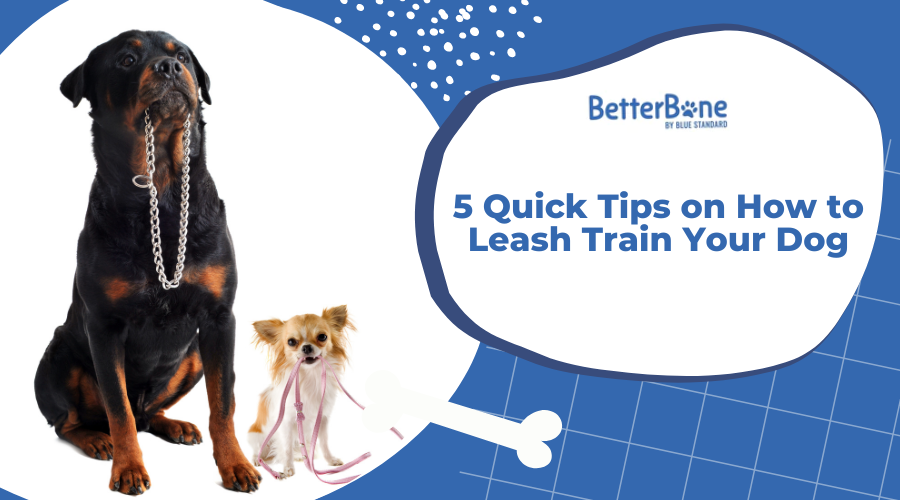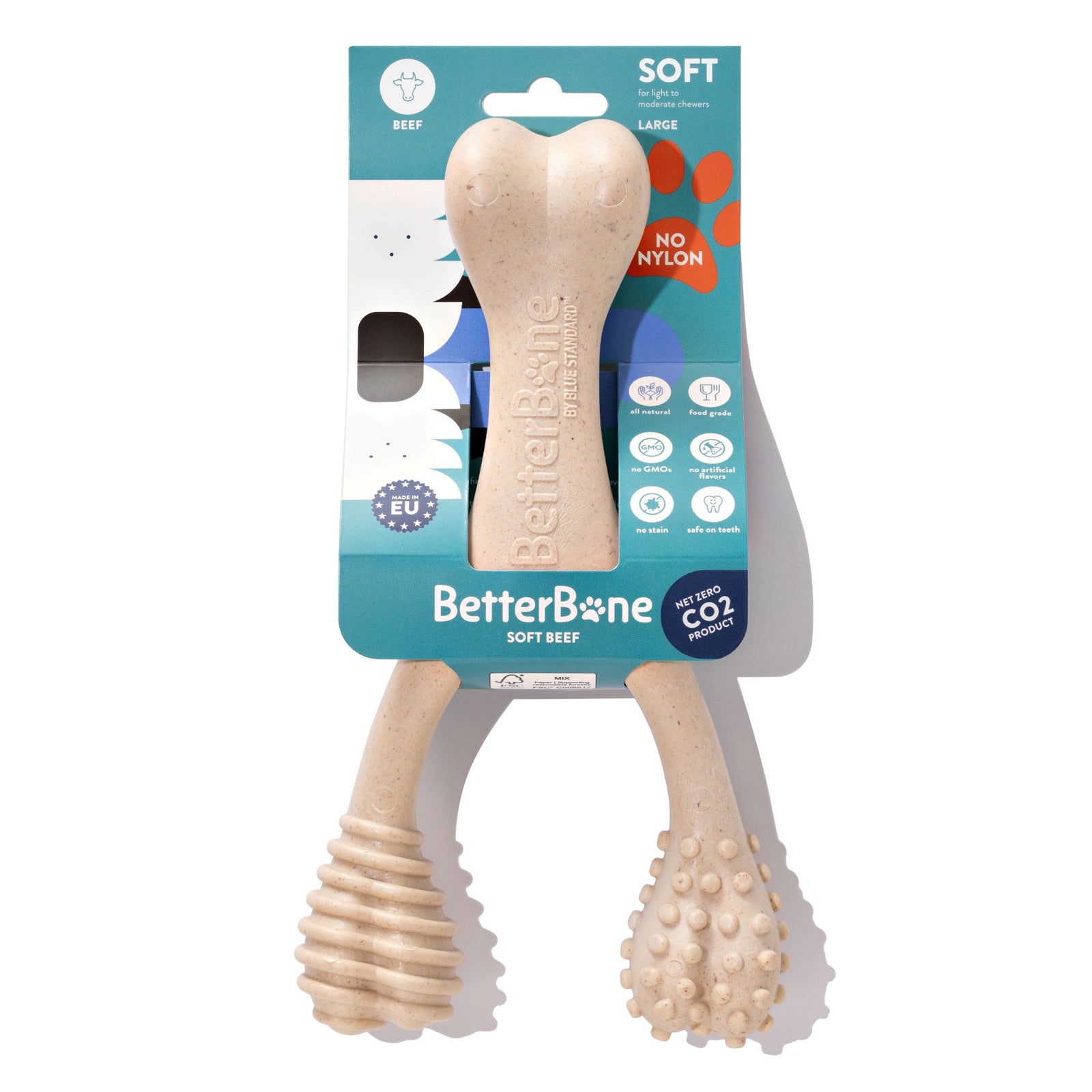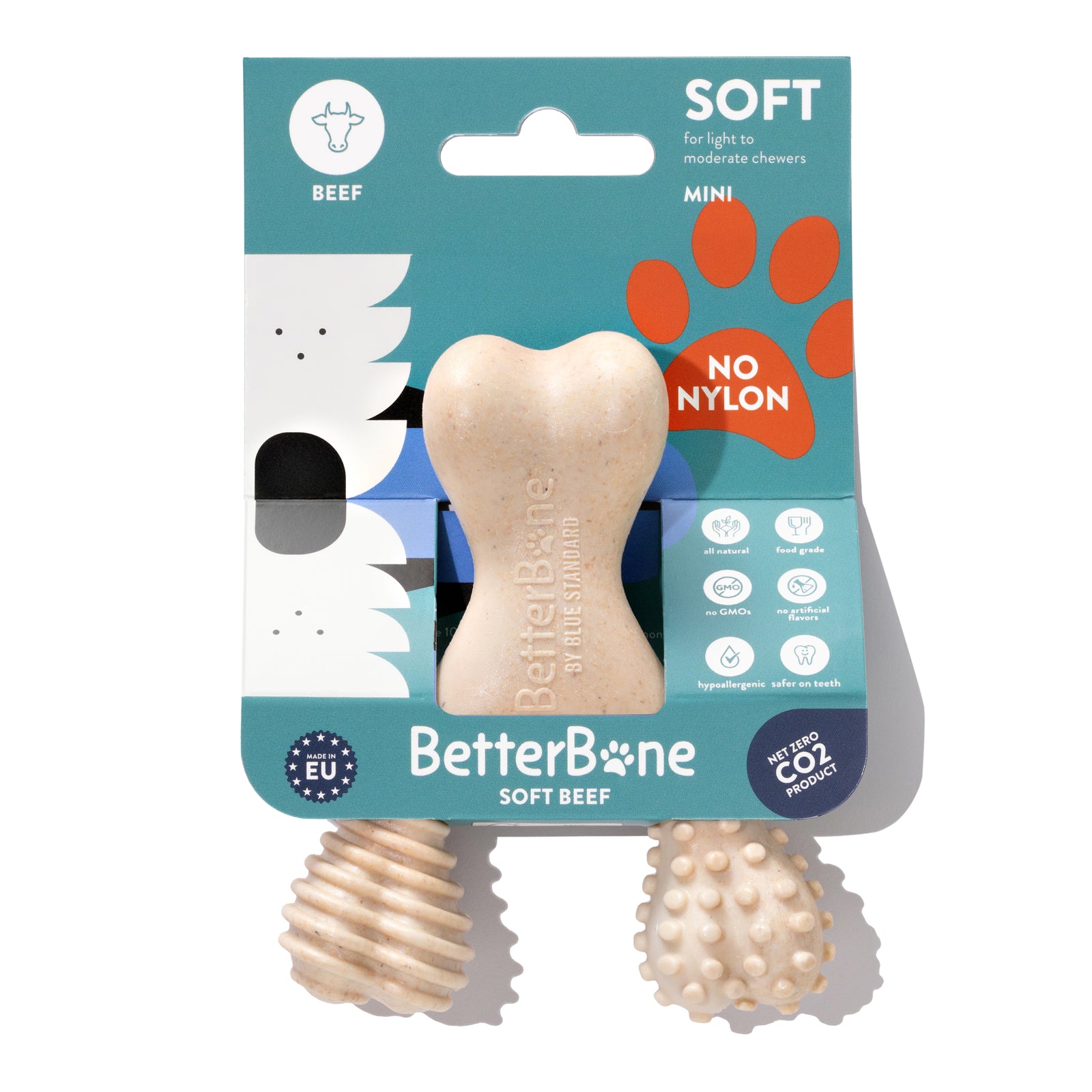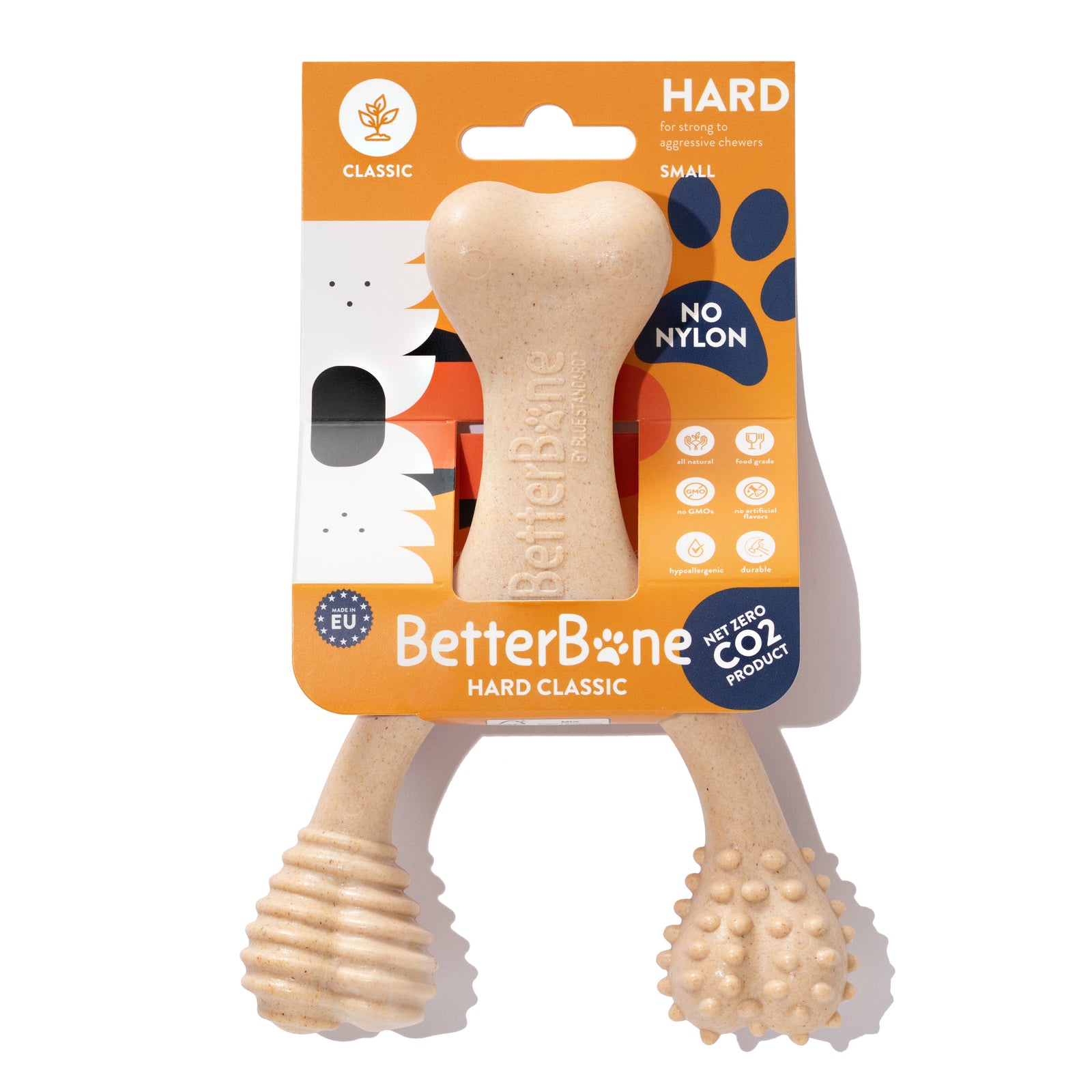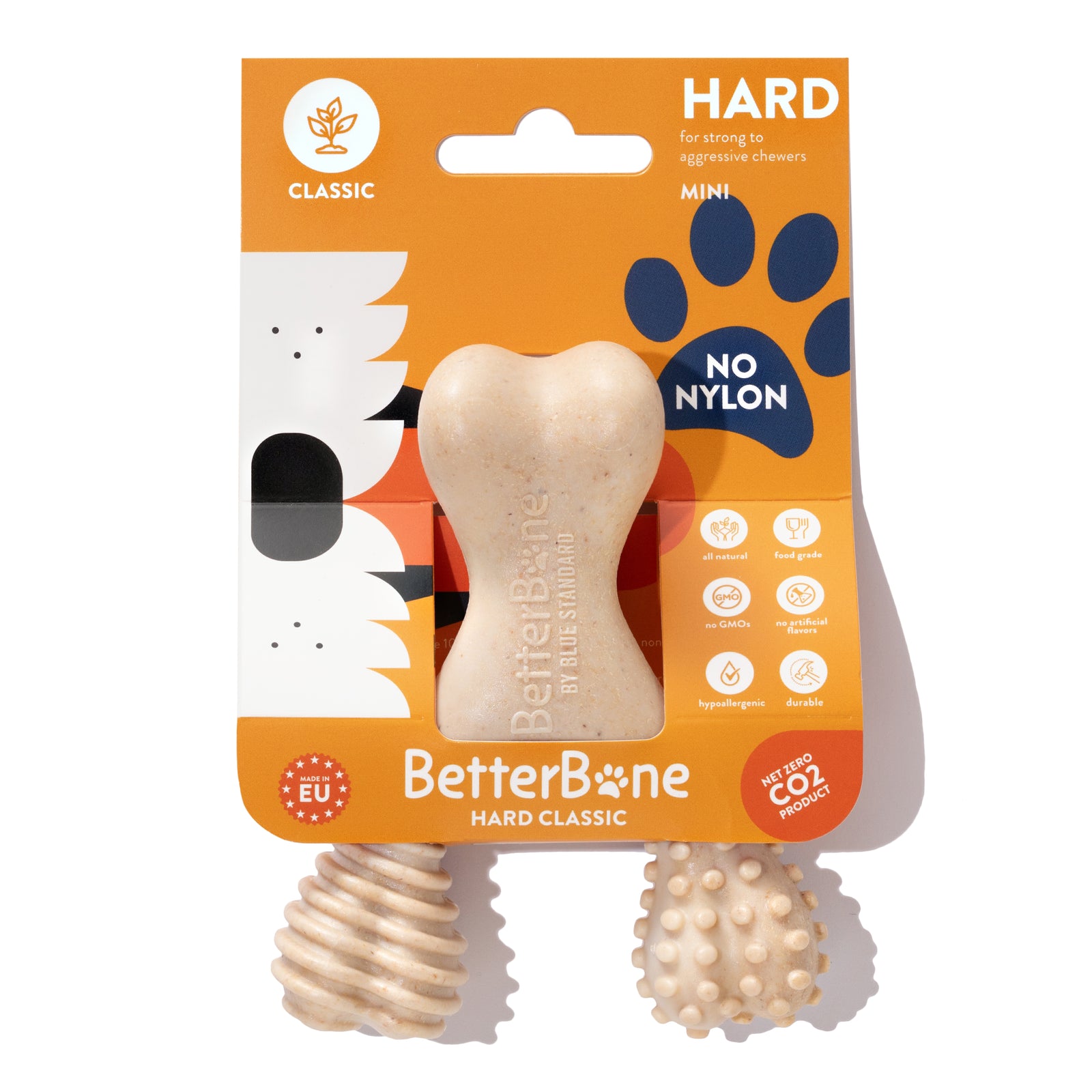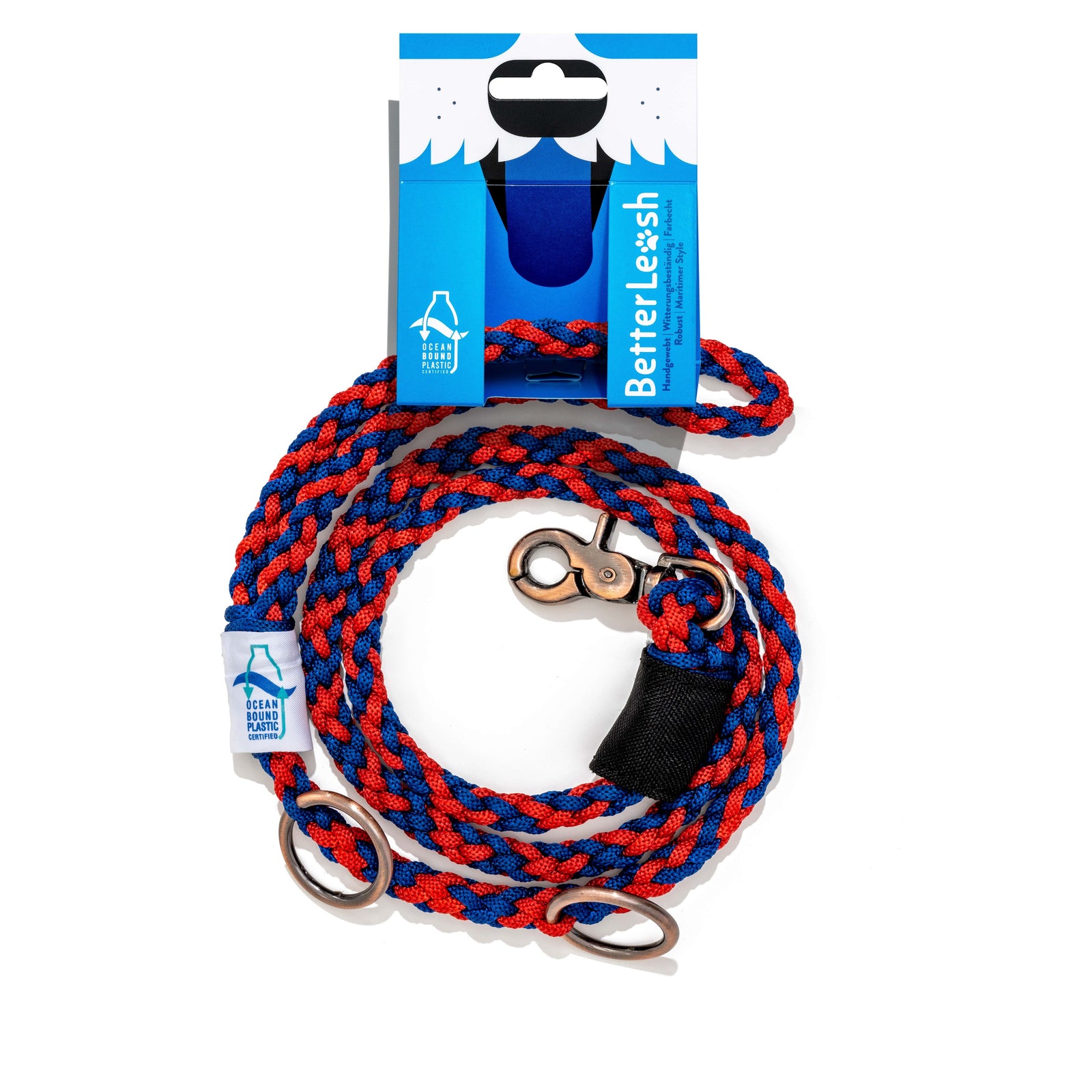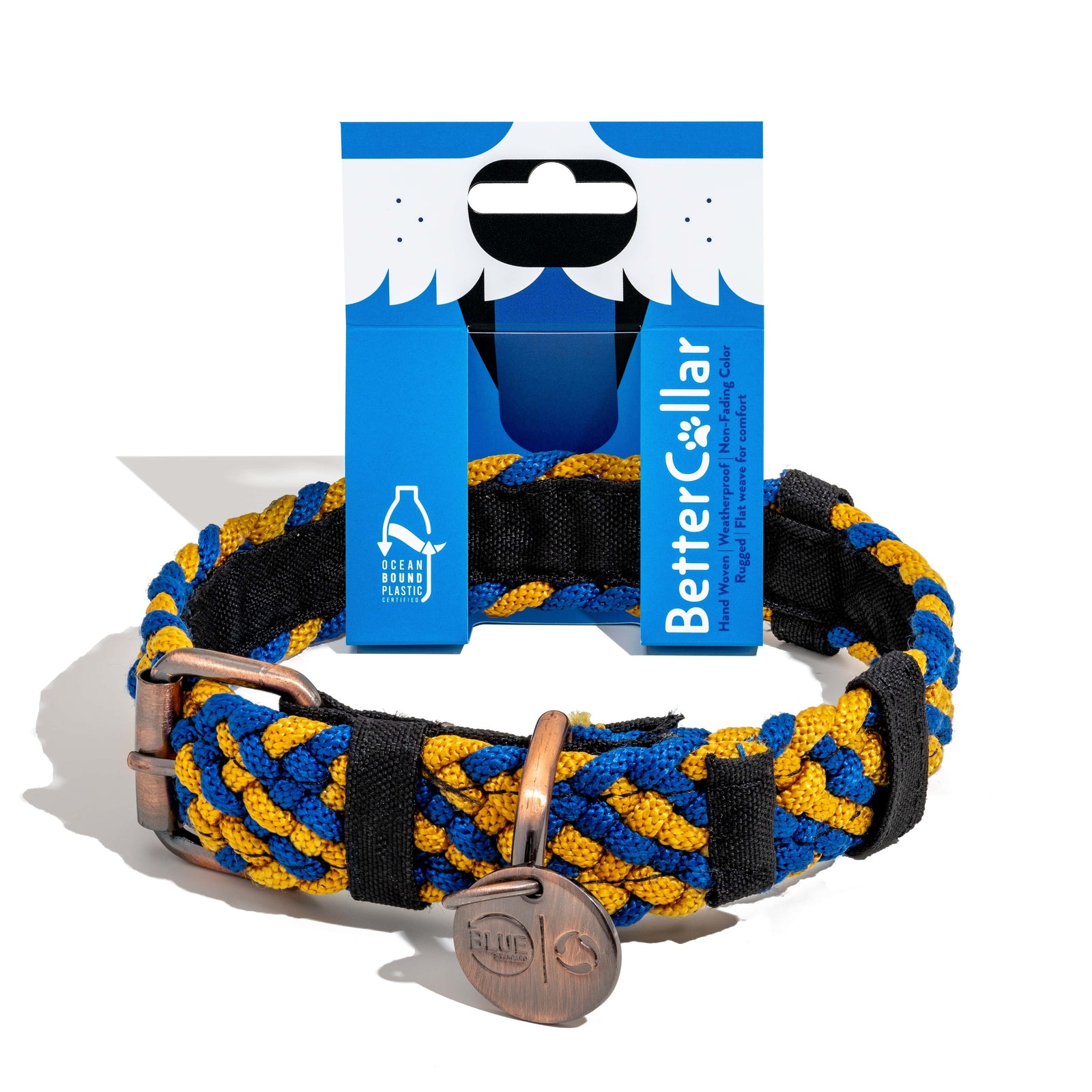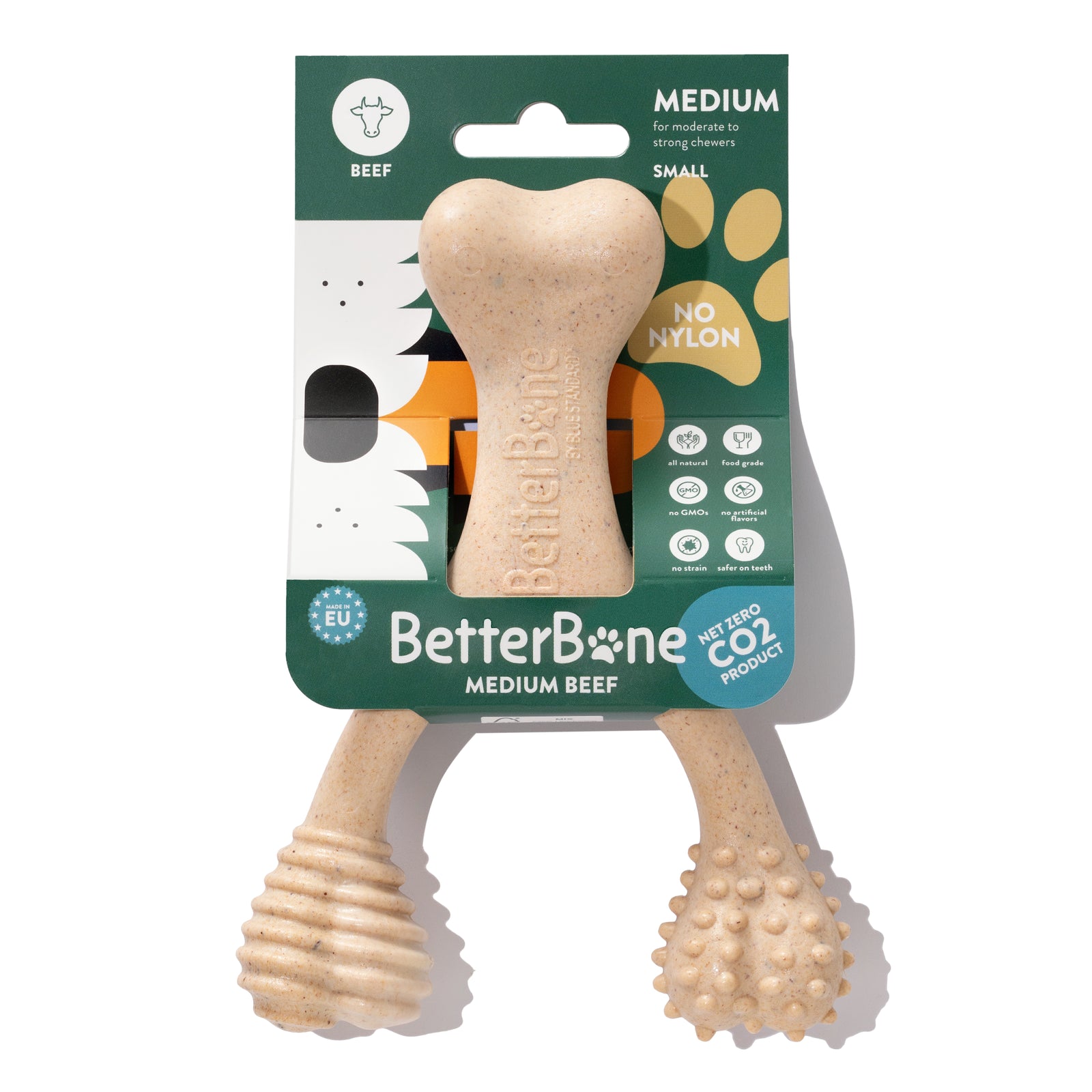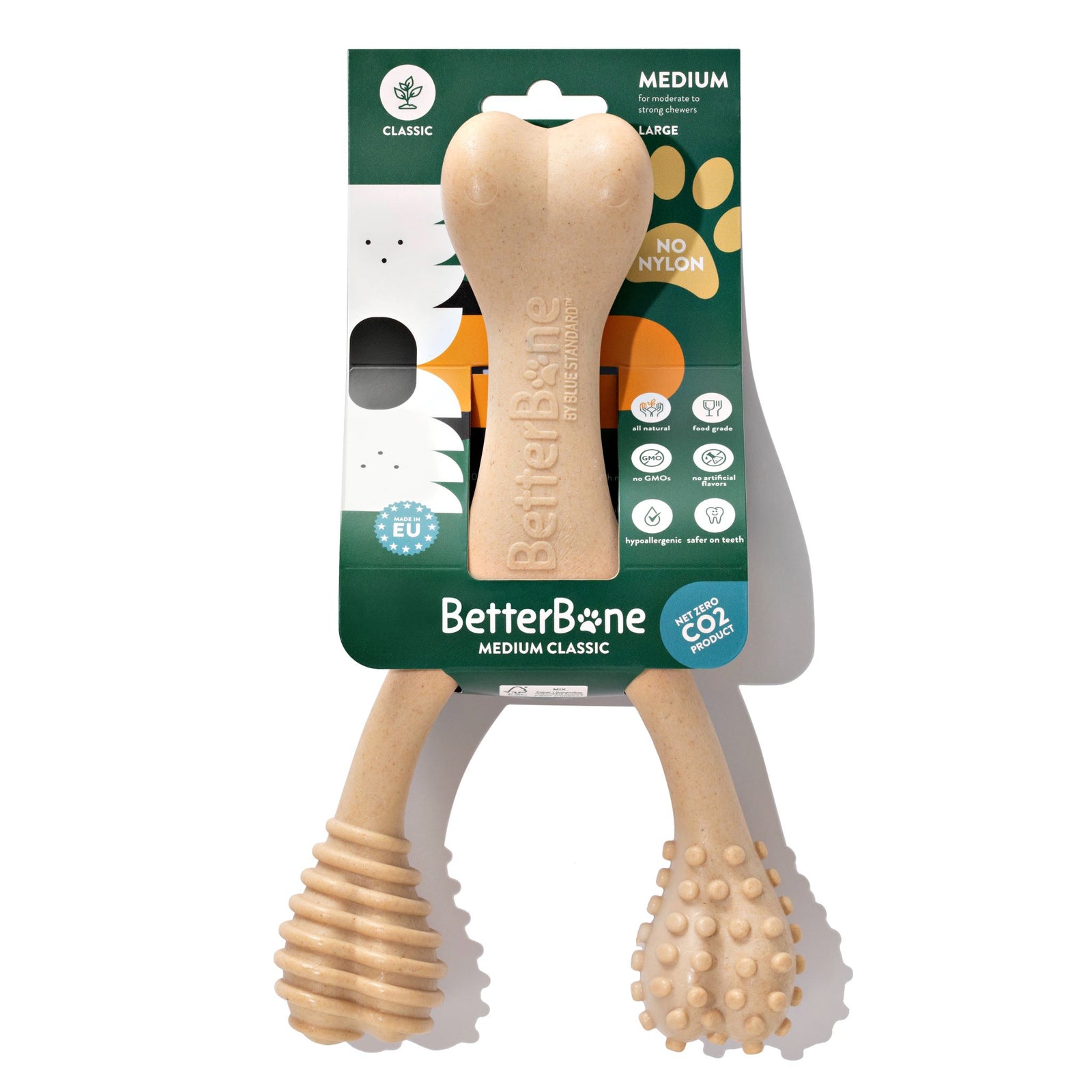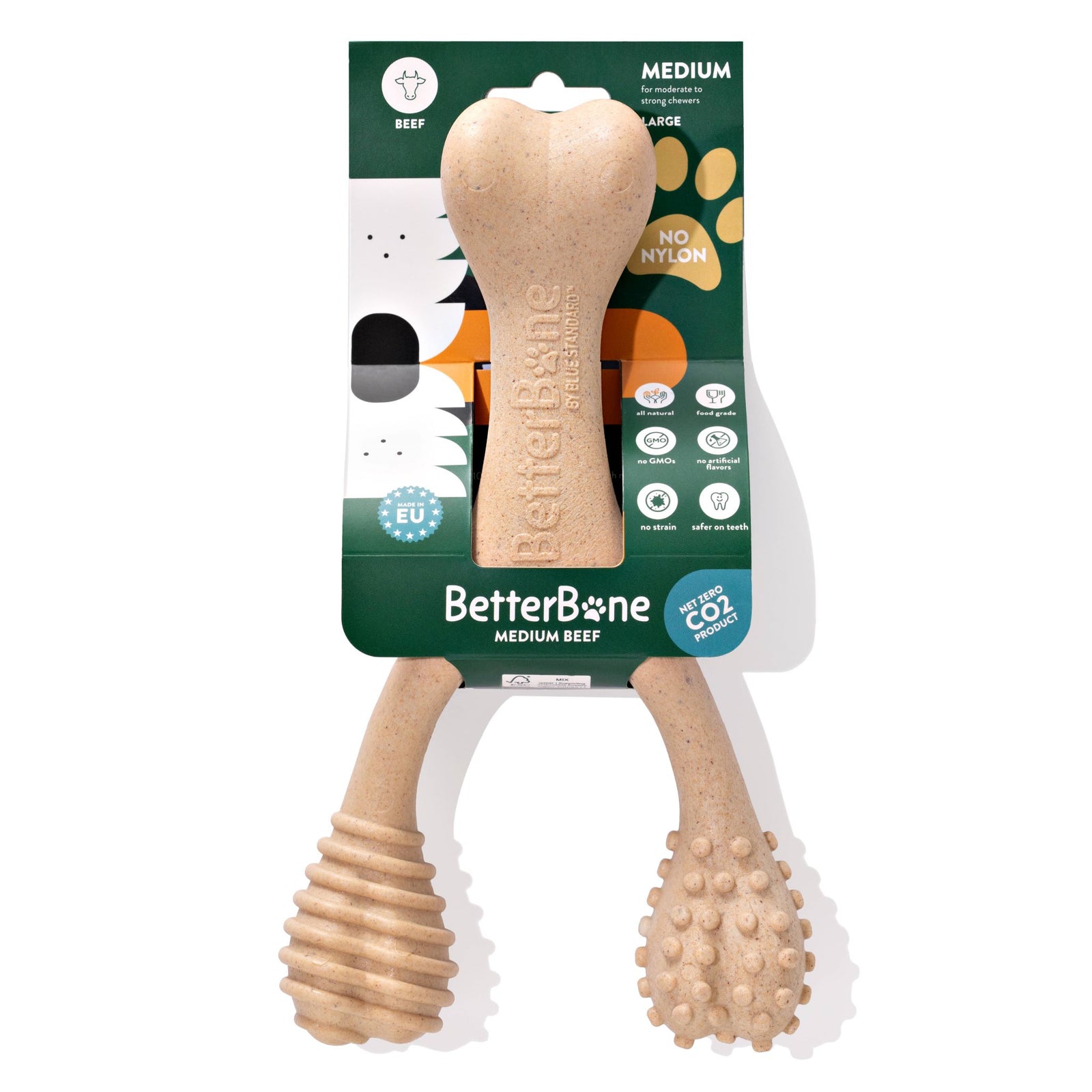As a dog owner, you will need to learn how to leash train your dog. It is important that you get this right as it will help avoid any accidents in the future.
Leash training is a process that requires patience, consistency, and a lot of time. It is not an overnight process. If you’re not sure of what the first steps are to leash training, we’re here to help. This article will discuss why leash training is important, the 5 tips for leash training, and how to troubleshoot leash training problems.
Why Is Leash Training Important?

Leash training is a valuable skill to have as it helps you better understand your dog and how they perceive the world. This is especially useful when walking them in public areas.
It is essential to establish a "leader of the pack" role with your dog and introduce them to basic commands like "sit" and "stay". This will help you control their behavior when they are out in public. Leash training can be done with a number of different techniques. Some people advocate using an invisible leash with no strings or anything attached to it.
Other techniques include using a long line, retractable leash, and martingale collar. There are advantages and disadvantages to each technique, but ultimately it is up to the owner which technique they choose to use when leaving the house with their dog. The following list details a few tips for leashing training:
Tip 1: Find the Right Leash
One of the most important aspects of leash training is finding the right leash for your pet. This is because the wrong leash can be a safety hazard and may even cause injury to your pet.
A good rule of thumb is to find a leash that matches the size of your dog. For example, if you have a small dog like a Chihuahua, then you should find a thin and lightweight leash that will not get tangled up in its legs or around other objects. However, if you have a bigger dog like an American Bulldog, then you should find one that is made from durable material such as nylon or leather to avoid injury.
The length of a leash should be adjusted depending on the size of your pet. Make sure that your arm is at least twice as long as the leash, with two or three feet between arm and dog.
Most pet owners usually use BetterLeash to train their dogs, it’s highly versatile and it can withstand even the toughest of breeds.Click here to find out more.
Tip 2: Teaching the Recall or Come Command
Once your dog is at ease wearing its collar and leash, you should encourage it to come to you while wearing them and reward them when they do.
If necessary, keep doing this until your puppy learns to come to you. Once your dog is accustomed to you holding the leash while it walks, take a few steps. Repeat this procedure until they get acclimated to it if it appears hesitant.
Tip 3: Establishing Control
Stop walking as soon as your puppy or an older dog starts to pull ahead of you while you are training them. Call your dog to you or tell it to "heel." Older dogs should be told to "sit," but until they learn the command, you may need to reward your dog with treats to get her to come back to your side.
Don't offer your dog a treat yet. Before offering them any treats, go a little further. Your dog learns from this that pushing ahead won't result in rewards.
Tip 4: Make Your Dog's Time on the Leash Enjoyable
For your dog to see a leash as delightful and fun rather than stressful, it is crucial to provide good experiences. You can use toys and incentives to make your dog more enthused about the experience once the training leash is fastened. Your dog will be more obedient while on the leash if you do this since they will equate it with fun.
Tip 5: Be Consistent!
When it comes to dog training, consistency is the key. That's why you should always be consistent with your commands and also with the way you train your dog.
In order to be consistent, you should:
- Always use the same words for the same command
- Always use the same tone of voice
- Always give your dog a treat after they do something right
Troubleshooting Leash Training Problems
Barking
When they see other dogs on the road, some dogs have a tendency to bark at them. Remember to give your dog enough mental and physical stimulation to prevent this from happening. In some circumstances, this happens because of a lack of physical activity. If they continue to bark despite getting enough activity, you can keep a certain distance and reward them before they have a chance to bark.
Your dog will learn to look to you whenever another dog approaches in this manner. Use a sound cue if the barking is happening when another animal is tugging you in that direction. Even for a mature dog, distraction and positive rewards are consistently effective leash training techniques.
Lunges
When your dog tries to chase something while you're out walking, intervene by giving them a treat before they have a chance to lunge. Herding breeds frequently engage in this behavior, although any dog may do so whenever they come into contact with something stimulating.
Found the best leash for training yet?
If not, we have the perfect one for you! When choosing a leash for training, it's crucial to consider the personality, size, and level of activity of your particular dog. Check out BetterLeash if you want the greatest experience possible for both you and your pet!

Our collars are created from recycled materials to ensure that your dog feels secure and fashionable. Even the strongest pullers out there won't damage it.
Ready to purchase a BetterLeash?Visit us right online today!




